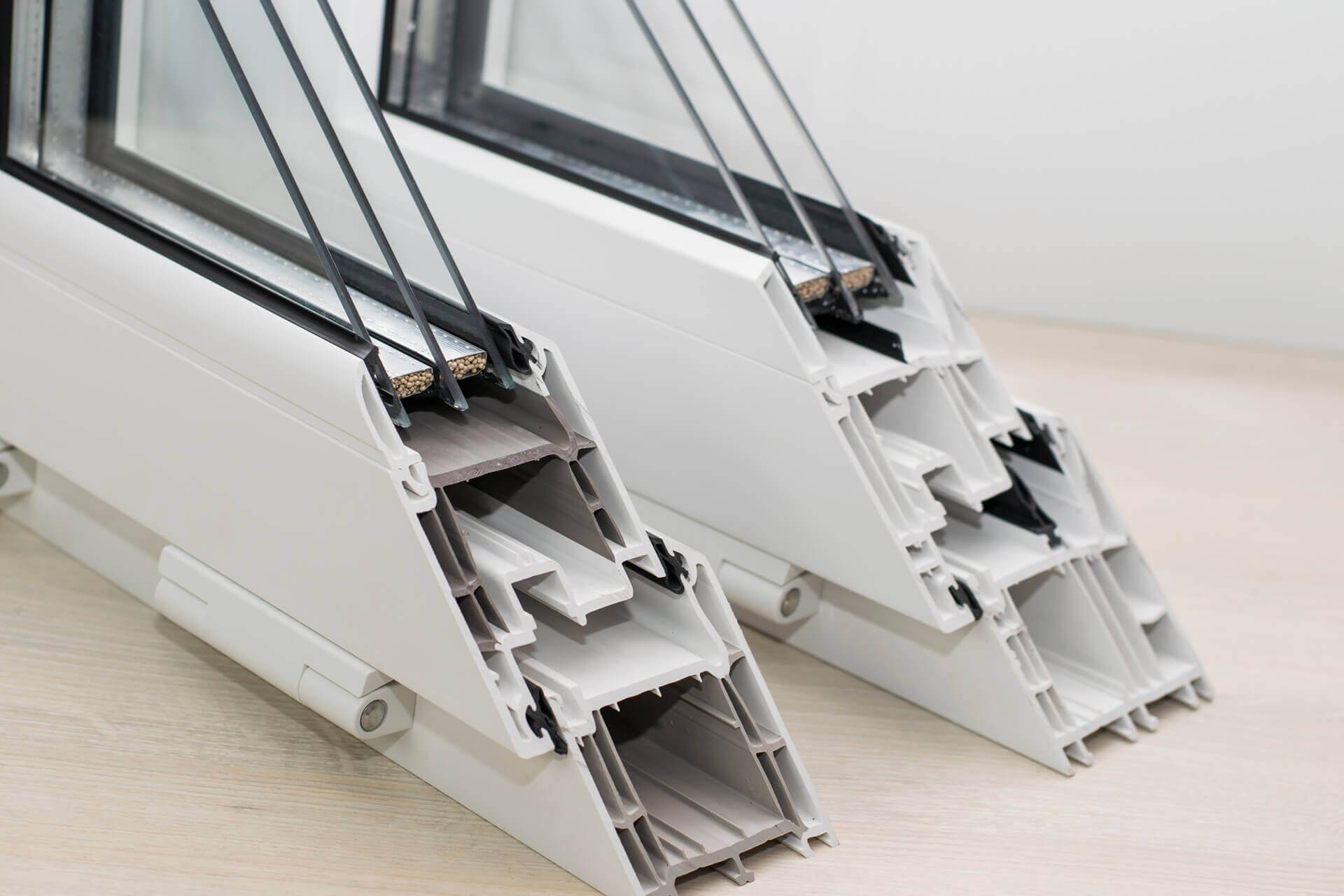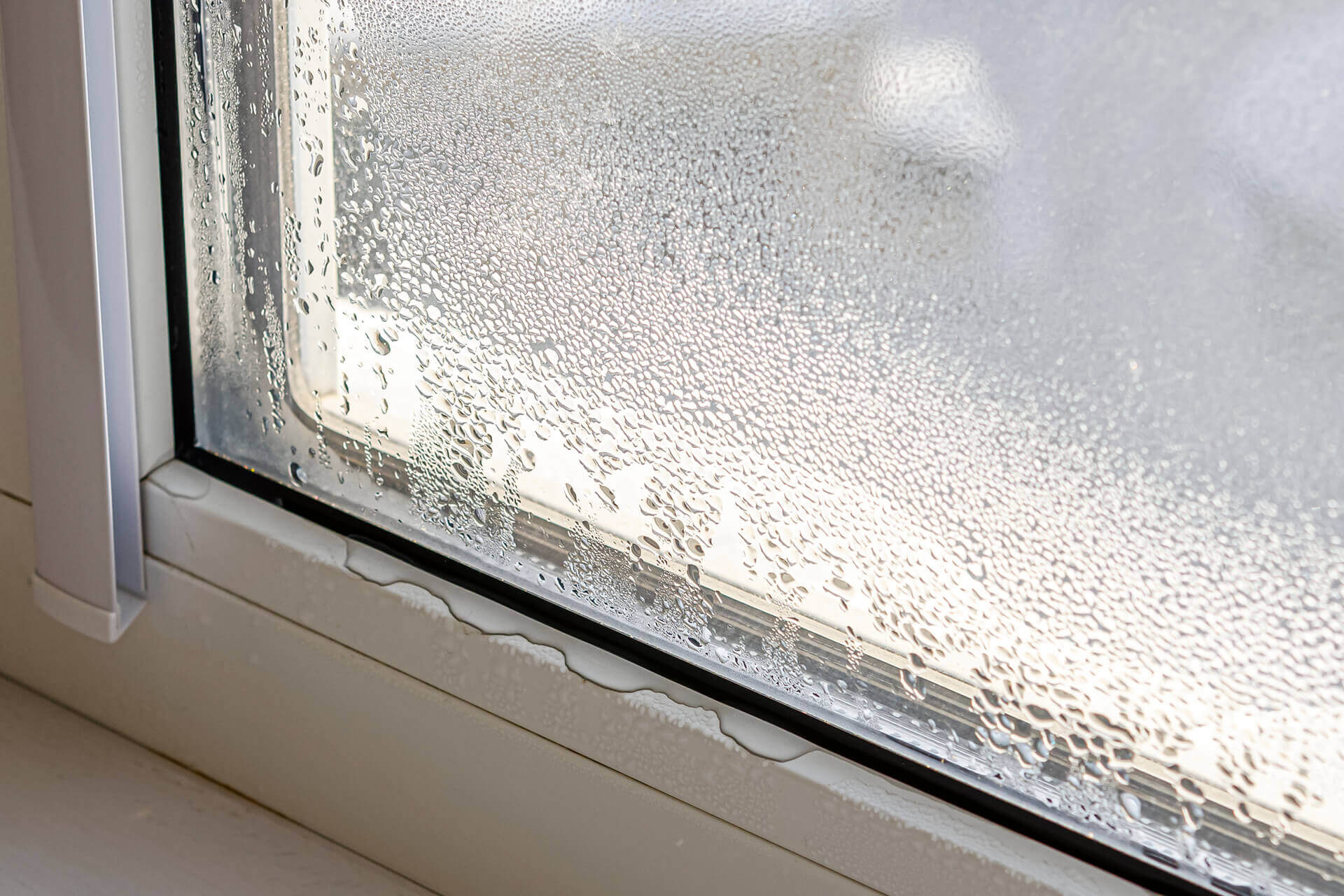Winter in Saskatoon comes with its unique challenges, one of which is window condensation. This pesky issue results from the temperature differential between the home’s interior and the freezing outdoor climate. The warm indoor air, filled with moisture from our daily activities like cooking and showering, comes into contact with the cold surface of the windows, leading to condensation. If not addressed, it could lead to mold growth and damage to window frames. Here are some effective methods to prevent window condensation during winter.
Understanding Window Condensation
To effectively eliminate window condensation, it’s vital to understand what it is. Condensation on windows occurs when warm, moist air comes into contact with a colder surface, such as a windowpane. The moisture in the air cools down and changes from a gas to a liquid, forming droplets on the surface, also known as condensation.
Enhance Window Insulation
Another effective way is by improving insulation. Double or triple-glazed windows provide a buffer between the interior of your house and the cold outside air. The extra layers of glass, with air or gas like argon between them, slow down the heat transfer and help maintain a more consistent temperature on the inside surface of the window, reducing the chances of condensation. Due to our extreme weather in Saskatoon, it is recommended to replace your windows with triple-pane if they are not already.

Install a Heat Recovery Ventilator
While opening doors and windows also improve ventilation, doing that in the winter would let out heat from your home, making it inefficient. A Heat Recovery Ventilator (HRV), also known as a fresh air exchanger, can efficiently ventilate your home during winter. It expels stale indoor air while drawing in fresh outdoor air, transferring heat from the outgoing air to warm the incoming air. This process reduces indoor humidity levels without significantly lowering the indoor temperature, making it an effective tool to stop window condensation from forming in the first place.
Use Moisture Absorbents
Another tactic is to use moisture-absorbing products. There are many commercial moisture absorbents available on the market designed to absorb excess moisture in your home, preventing it from condensing on your windows. Desiccant materials, such as silica gel, can also help absorb excess moisture.
Use Dehumidifiers
Desiccant may not cut it In extremely humid situations, in which case, you may need a dehumidifier. By removing excess moisture from the air, dehumidifiers help maintain an environment where condensation is less likely to occur. Even though it takes electricity to run a dehumidifier, at least it is reusable, and will not end up in landfills like other one-time moisture-absorbing products.

In Conclusion
By understanding the causes of window condensation, we can adopt several strategies to prevent this issue. Enhancing window insulation, improving ventilation, using moisture absorbents, as well as dehumidifiers are all effective ways to prevent window condensation. However, prevention is always better than cure, and not only that, more efficient, too, since insulation does not require electricity.
If you live in Saskatoon and are thinking about replacing or upgrading your windows, please don’t hesitate to take a look at our custom window products, or get in touch with us for a quote or any questions. We’d be very happy to help.
